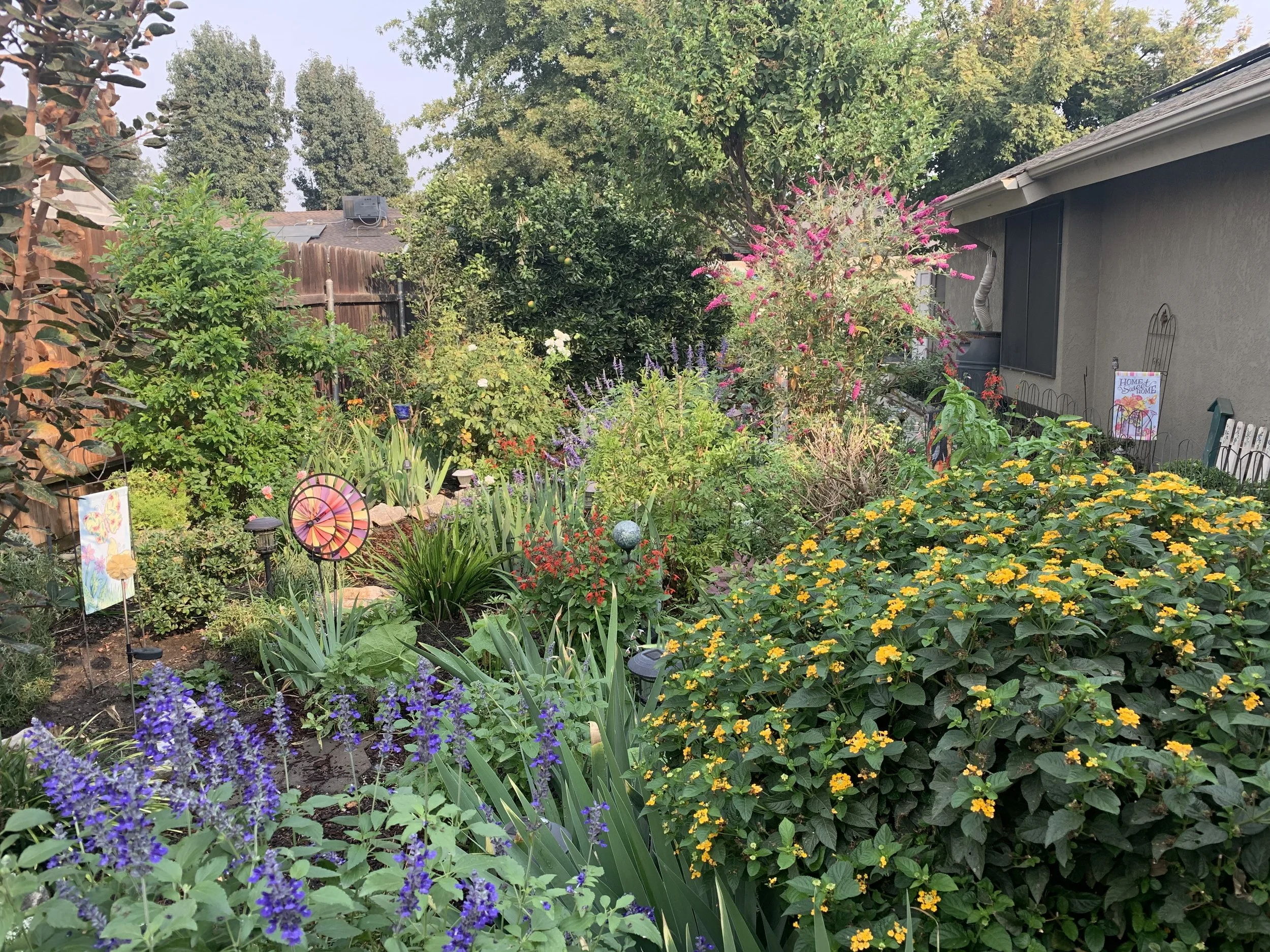
We’re here to help you grow a beautiful garden
We explore gardening topics like compost, rock dust, biochar, biological amendments, no-dig gardening techniques, proper potting soils, pulse watering, and other less mainstream ideas. We cut through all the horticulture BS, too.
The Grower Achiever Manifesto
These are the cornerstone ideas of the Grower Achiever gardening method. Taken over many years of trials and tribulations through home gardening all the way to production farming, we’ve combined all the ideas we think are the best horticultural practices. We’ve done extensive research in scientific journals and applied our own anecdotal evidence in formulating these horticultural ideas.
crop fertility
Plants need light, water, and air mostly to thrive. They also need nutrients, but they are not derived from the modern NPK approach. Instead, plants need a wide spectrum of nutrients that most fertilizers ignore.
Plants can get their nitrogen needs from the air through their leaves. Not just legumes, either. Most plants can absorb nitrogen through their stomata. That means they need the either elements, such as phosphorous, potassium, calcium, magnesium, and the trace minerals, from the soil.
Compost and rock dust can easily meet these needs. When we apply compost, we are feeding the microbes in the soil. As bacteria and fungi decompose the compost further into humus, they increase soil organic matter. This organic matter is where plants can get some of their nitrogen, too.
Compost is also more than enough to supply several macronutrients and trace minerals. However, you supercharge your garden when you add in a rock dust.
Glacial moraine and basalt (volcanic) rock dust are known to be the best rock dusts you can add to your soil because they are also paramagnetic in addition to having a wide spectrum of elements. However, using Azomite is still going to bring you excellent results, too.
That’s all you need for crop fertility. There’s really no need to add nitrogen fertilizers or any others besides compost and rock dust.
Crop Rotation
Evidence shows that the crop rotation is best for reducing pests and disease, while also avoiding nutrient imbalances. If you especially follow the no-dig approach and leave roots in the ground, then you need to have an excellent crop rotation. You must also adhere to the rotation and refrain from deviation. One of the main reasons problems can arise if you don’t rotate crops is that rotting roots in the ground can affect your next crop. A good rotation is going to have you avoid growing a crop in the same botanical family for at least a few years. Obviously, the longer you can drag out the rotation, the better. Keep in mind that this applies mostly to annual plants, but can also apply to perennials. If you grew a peach tree in a certain spot and it has died from pest or disease, then you probably don’t want to grow another tree from that family. You’ll more than likely have problems if you do plant another stone fruit.
Fabric Pot Growing
Through scientific studies and through our own grows, we’ve found that growing anything long-term should be in a fabric pot. The benefit of fabric pots is that it creates a fibrous root zone that eliminates root circling, which often plagues plastic or ceramic containers. The fabric allows airflow so that roots are air-pruned when they reach the edge of the fabric container. Air pruning causes the plant to send more roots from its center reaching out toward the edge. In contrast, when a plant grows in a plastic or ceramic container, its roots hit the boundary of the pot and grow along its side. They aren’t pruned at all. This causes the roots to keep growing around themselves, which will result in death sooner rather than later. We have trees that have been grown for years in fabric pots which no signs of slowing down.
Insectary Plants
To avoid using pesticides, we grow insectary plants. These are plants we know are going to bring in insect predators that can take care of pests for us. Anything from the Apiaceae or Asteraceae family do well at this job. That includes carrots, cilantro, dill, Queen Anne’s Lace, parsley and daisies, mums and sunflowers. These aren’t the only plant families that bring in predators. There’s a ton of scientific research out there and doing a quick search will help you find them. The key is to include these where possible in your garden. Companion planting isn’t something we do extensively because the plants will compete for resources, but including some insectary plants on the margins of beds can greatly enhance your pest control.
No-Dig Gardening / No-Till Farming
The evidence is mounting that soil disturbance should be something we avoid doing or something we altogether eliminate. When you dig or till the soil, you destroy the fungal and microbial network that has been growing. Fungal hyphae are destroyed every time the soil gets disturbed and this is grave because the fungi are what provide nutrients to the plants in exchange for root exudates. In order to have healthy soil, we want to encourage microbial diversity. Inevitably, when we dig or till, we reduce that microbial diversity.
How do we avoid digging or tilling, especially when creating new gardens or transitioning from one crop to another? For establishing new gardens, evidence shows that using digging forks or broadforks can initially be utilized to open up compacted soil. This is not tilling by all means. When you use a digging fork or broadfork, you are gently lifting the topsoil up from its compacted form. There’s no inversion of the soil layers when this is happening. You can simply rake the soil after this step to create a level bed or you can apply some compost as a top-dressing.
There are many growers utilizing the deep compost mulch method, where 4-6 inches of compost are laid down after this step. This is possible, however you want to make sure you are getting compost you can trust. We have had some disappointing experiences where we used a compost source that had trace herbicide residue in it, resulting in disfigured tomatoes and other crops. Make sure you do your due diligence when accessing a compost for this growing method.
When you transition crops, a strategy to build soil and refrain from digging or tilling is to cut the old crop at the base of the soil. Leaving the roots in the ground will encourage microbial populations to grow because you have left them the food source to decompose. This works for most crops, however, some crops like chicory can regrow from the root system. You might have to take these out completely, but still don’t dig or till further. Just rake the bed level and plant your next crop.
Proper Potting soil
This was more of a recent revelation for us. We have always use potting soils with a heavy amount of organic matter in them because we were trained that organic matter is great for plants. While organic matter has its role, it doesn’t belong in the root zone or at least in the high levels most commercial potting mixes have. Most people don’t know this but plants actually need oxygen. They don’t just produce it. They need oxygenated roots to be more specific. When organic matter decomposes, it eliminates oxygen nearby. This turns an aerobic condition into an anaerobic one. This process causes roots to literally rot. You’ll see this with especially sensitive plants like avocados.
Proper potting mix leaves organic matter out or at the very least on top as a mulch. Proper potting mix must be inorganic, meaning it has nothing that will decompose quickly. A proper potting mix is going to include peat moss or coconut coir as the moisture retention agent. It will also include pumice, perlite or sand as the drainage component. There are very few out there on the market. You can make your own if you can find the ingredients. There are various recipes to make a quality inorganic potting soil, but a good rule of thumb is 66% drainage components, 33% moisture retention components. This potting soil works especially well with a pulse watering system.
Houseplant Semi-Hydroponics
While we have a lot of experience in outdoor gardening and market farming, we also have knowledge of houseplants. It comes with the territory of being immersed in horticulture. Evidence is showing that semi-hydroponics results in increased growth and health of houseplants. Semi-hydroponics, semi-hydro for short, is the technique of growing plants in an inert medium like lightweight, expanded clay aggregate (LECA), perlite, pon, or pumice. These growing mediums don’t rot because they can’t decompose. They’re inorganic mediums made from rock. Most of these have microscopic pores that hold air.
Out of all of these mediums, we like pumice the most. Pumice seems to hold water better than the other mediums and it’s irregular size makes it act more like soil. It’s heavier than perlite, so it won’t float when you water it. It’s also readily available in our part of the US and it’s more of a renewable resource than the others.
Pulse Watering
Another idea of our Grower Achiever system is to apply irrigation water through frequent, pulses rather than long, infrequent watering periods that result in runoff and waste. Plants need water when they are actively photosynthesizing, but most plant roots don’t grow deeper than a foot down into the soil. When you water deeply, as popular opinion suggests, you lose most of that water to the deeper levels of soil where the plants cannot access it. There’s some LIMITED evidence showing that certain plant species grow roots deeper than a couple of feet, but it cannot be overstated that the evidence is sparse. In our own experience, using a pulse watering strategy has resulted in 50% water savings AND increased growth.
For example, we used to water a garden for an hour every day. You can imagine how big the water bill was. A lot of the water ran off into the street. We switched to watering 6 times a day for 5 minutes. From one hour to 30 minutes, we cut the water usage drastically and had zero runoff.
Plants need water the most during critical periods of growth. This is usually when solar energy is the highest. This also means its the hottest. By applying water in small bursts in the critical periods, you alleviate water stress and help the plant maximize its photosynthetic potential.
Small Fruit Trees
Growing lots of fresh fruit has always been a goal of ours. However, if you have a large fruit tree, then you know its hard to keep up with the harvest. Also, if the tree is big, then you’re more than likely going to have to use a ladder to get the fruit at the top. That doesn’t vibe with us.
We don’t want to get on ladders and we don’t want harvests we don’t know what to do with. Instead, keeping fruit trees small means they’re safe to harvest (no ladders) and the harvests are more manageable. The key to keeping fruit trees small is the summer prune. Every summer, we control tree size by topping and shaping the trees. Pruning during summer decreases the vigor of the tree, resulting in less vegetative growth and better fruit quality. Smaller fruit trees also means we can plant more trees in less space. We’ve been able to fit fruit trees in as tight as 3-foot spacing and still get great yields from healthy trees. Planting more trees in smaller spaces means you’ll harvest more varieties over the course of the year rather than once from one large tree.
The Grower Achiever System Results
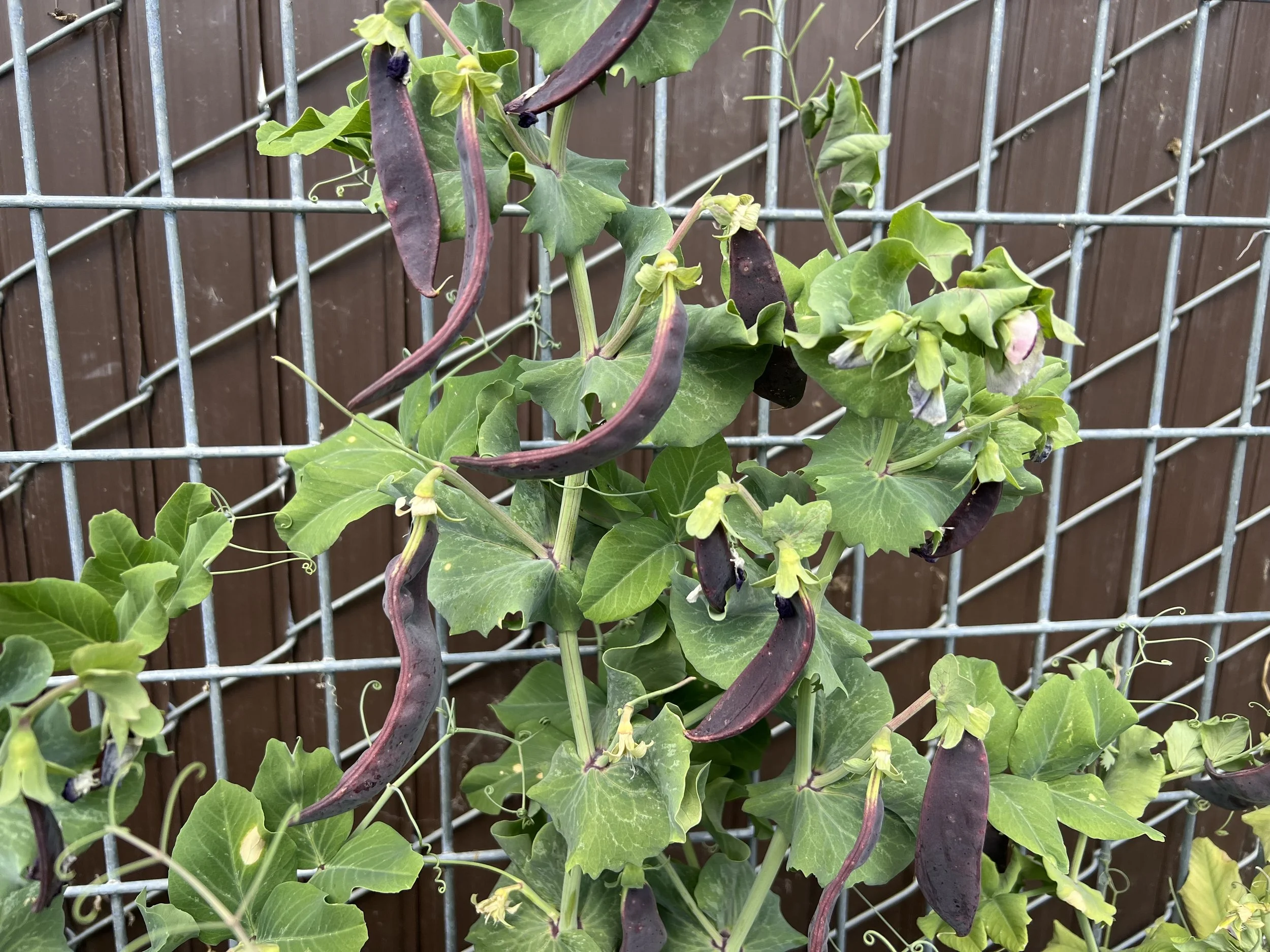
Check Out Our Gardening Blog
Learn About Our Story
Unleash the potential of your garden with top-notch tools and expert advice from our dynamic team. Experience the transformation that comes from a relentless pursuit of perfection in gardening.
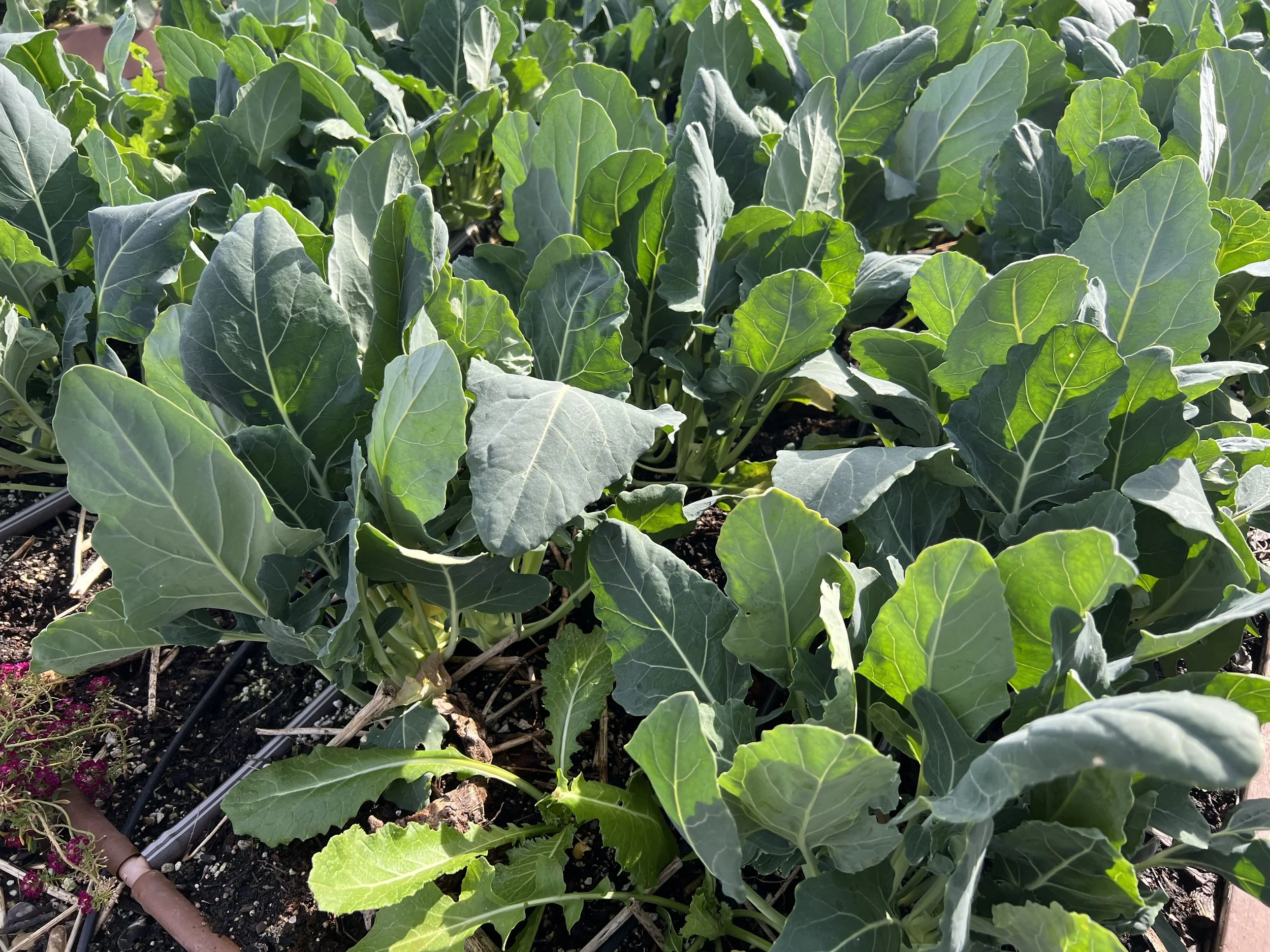
Contact Us
Fill out some info and we will be in touch shortly. We can’t wait to hear from you!
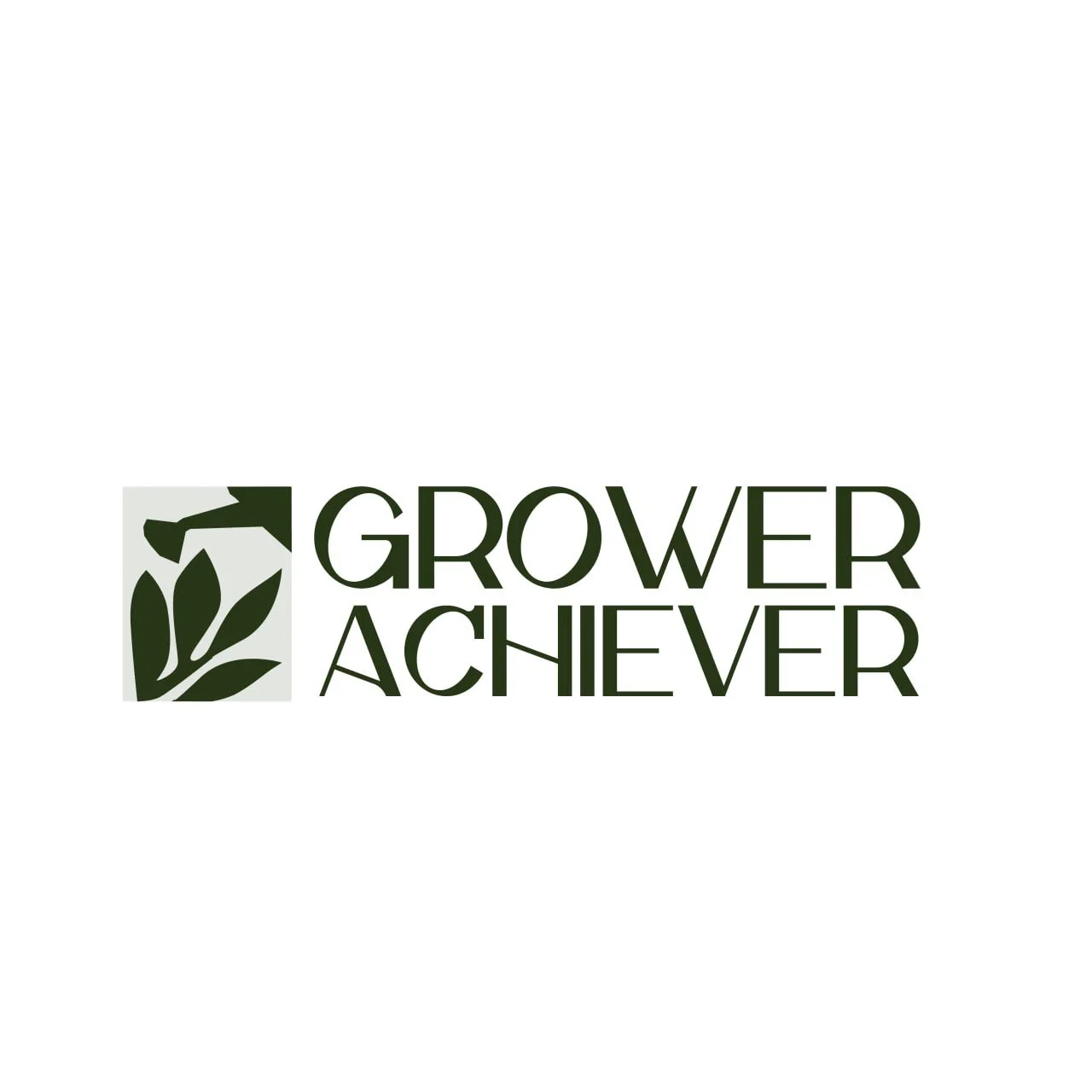

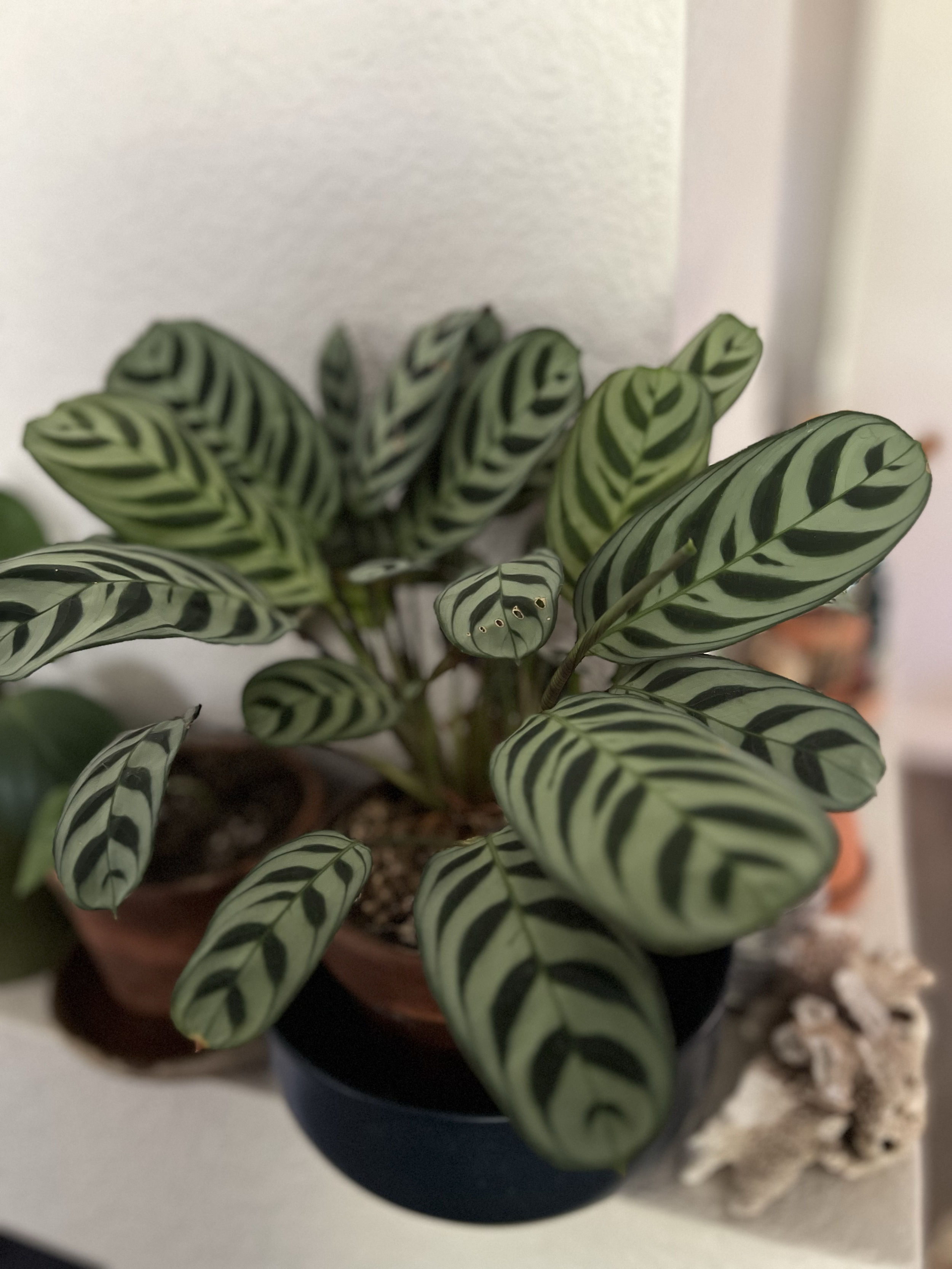
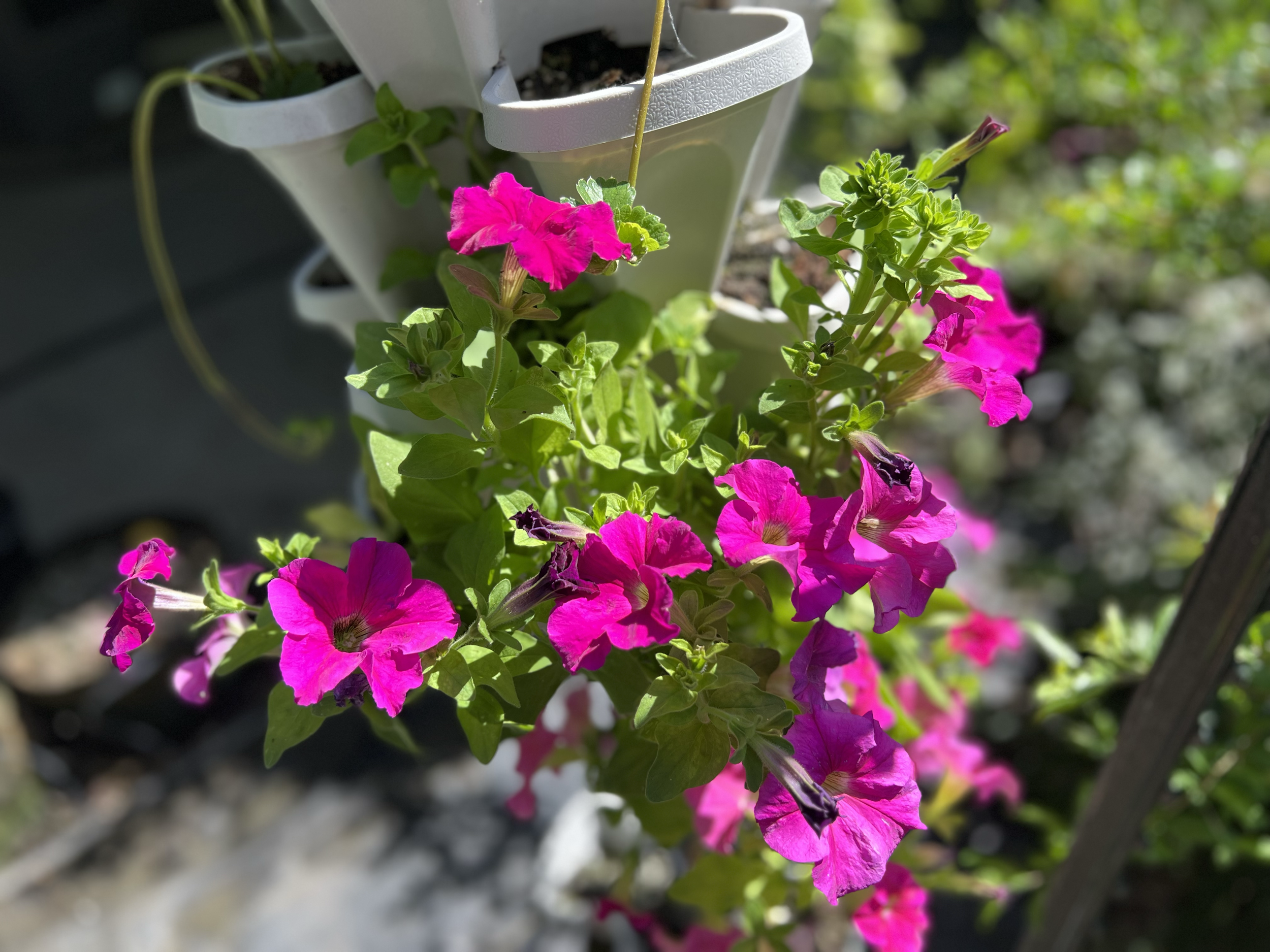

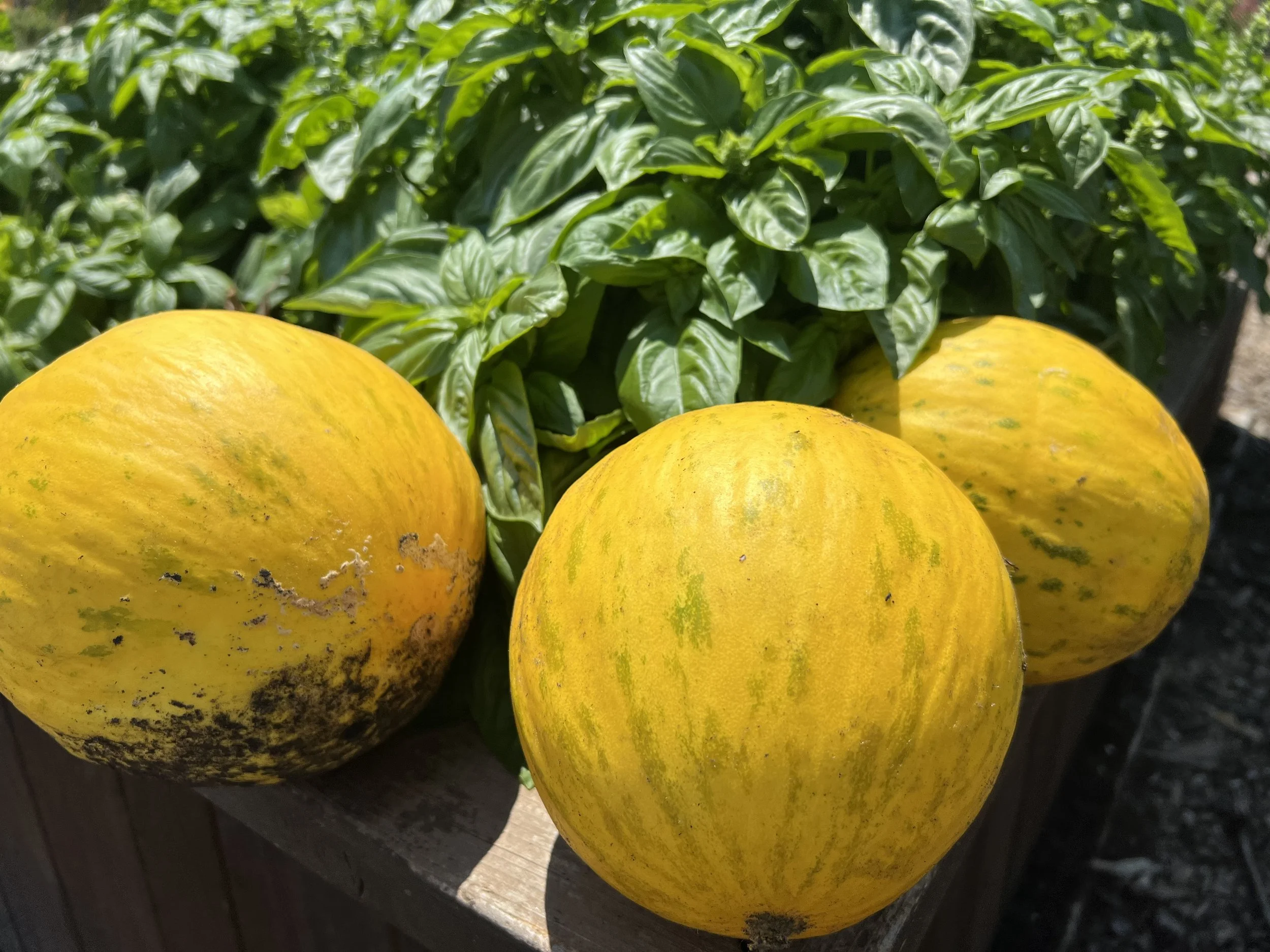
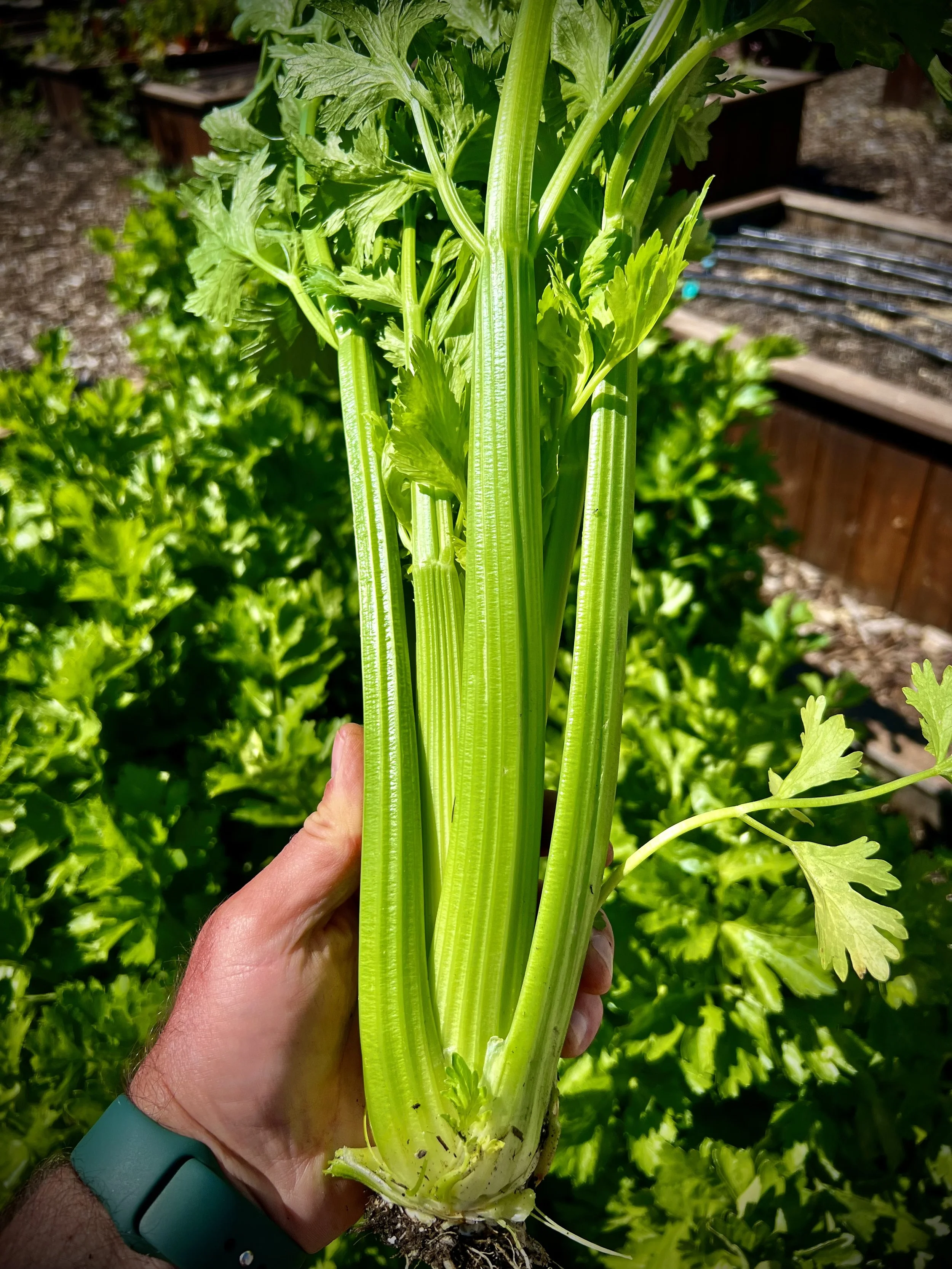
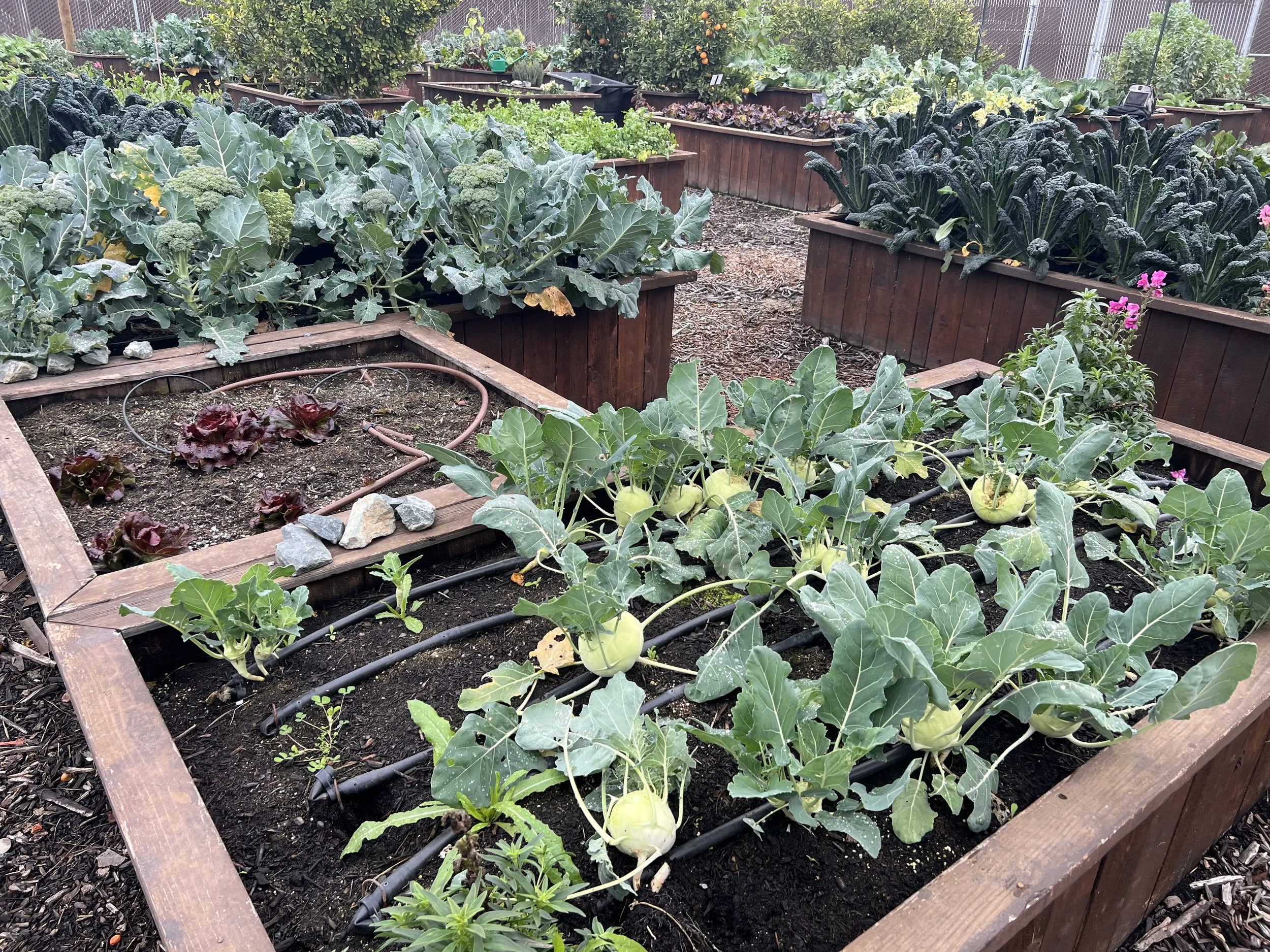
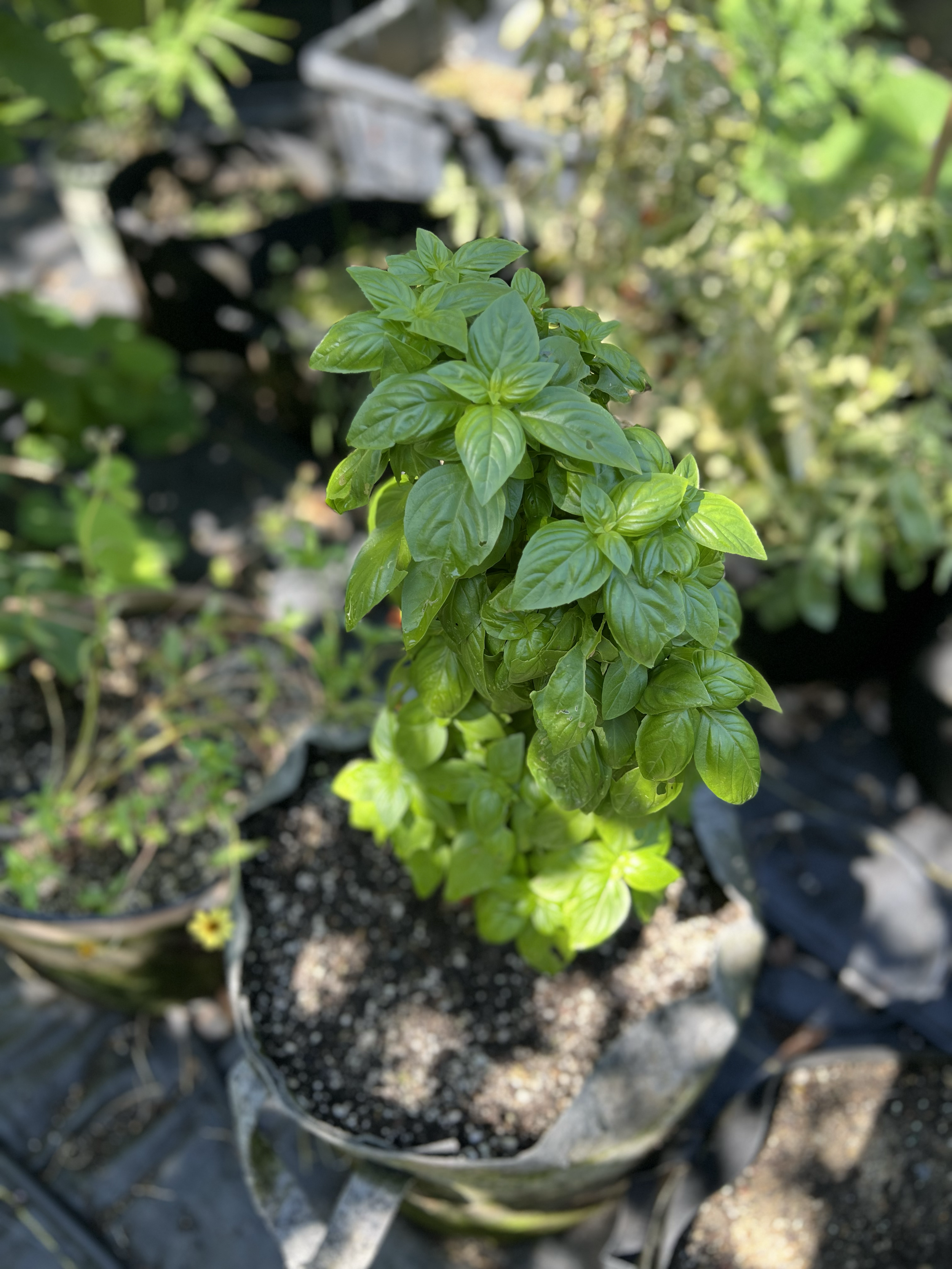
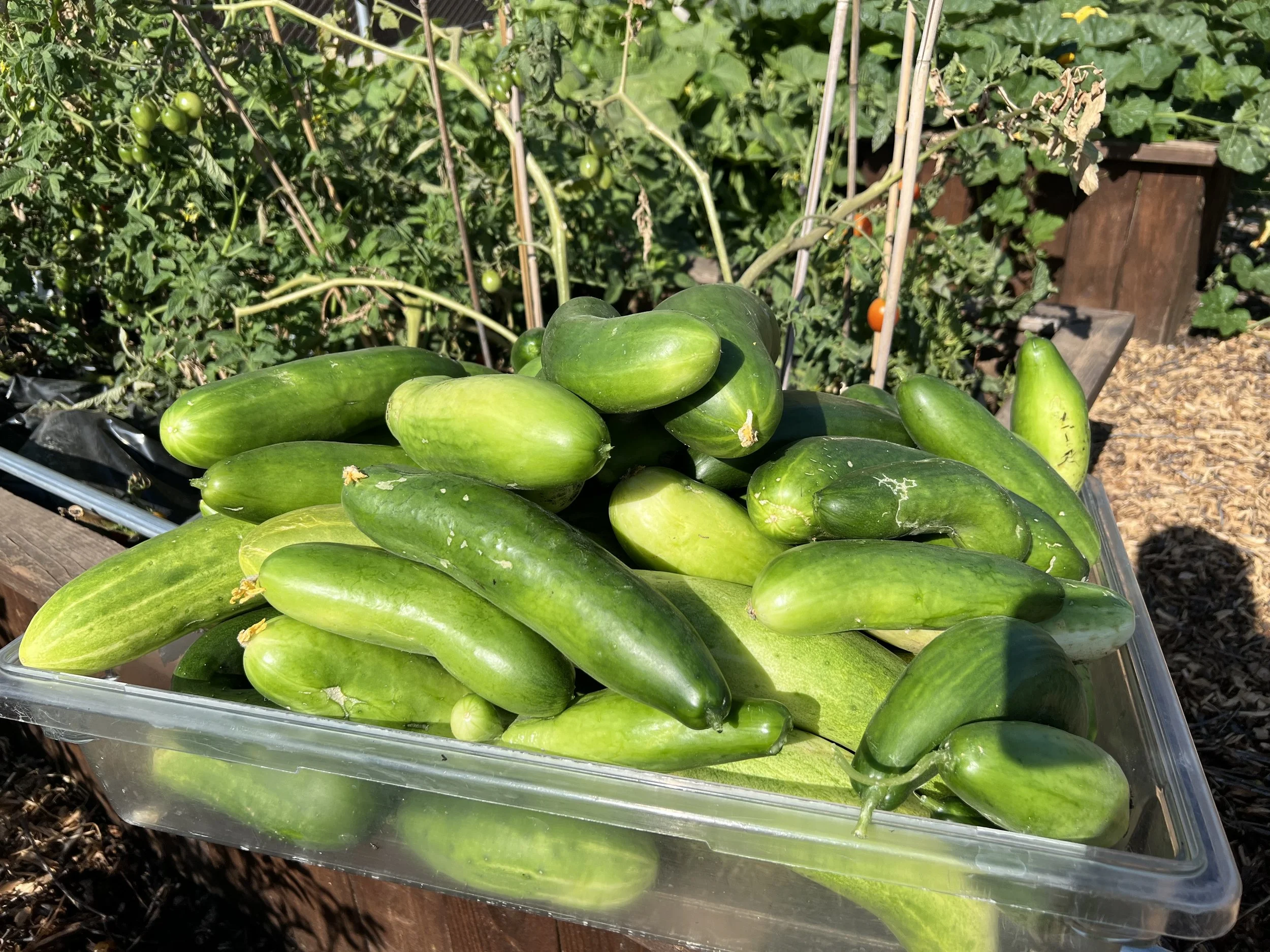
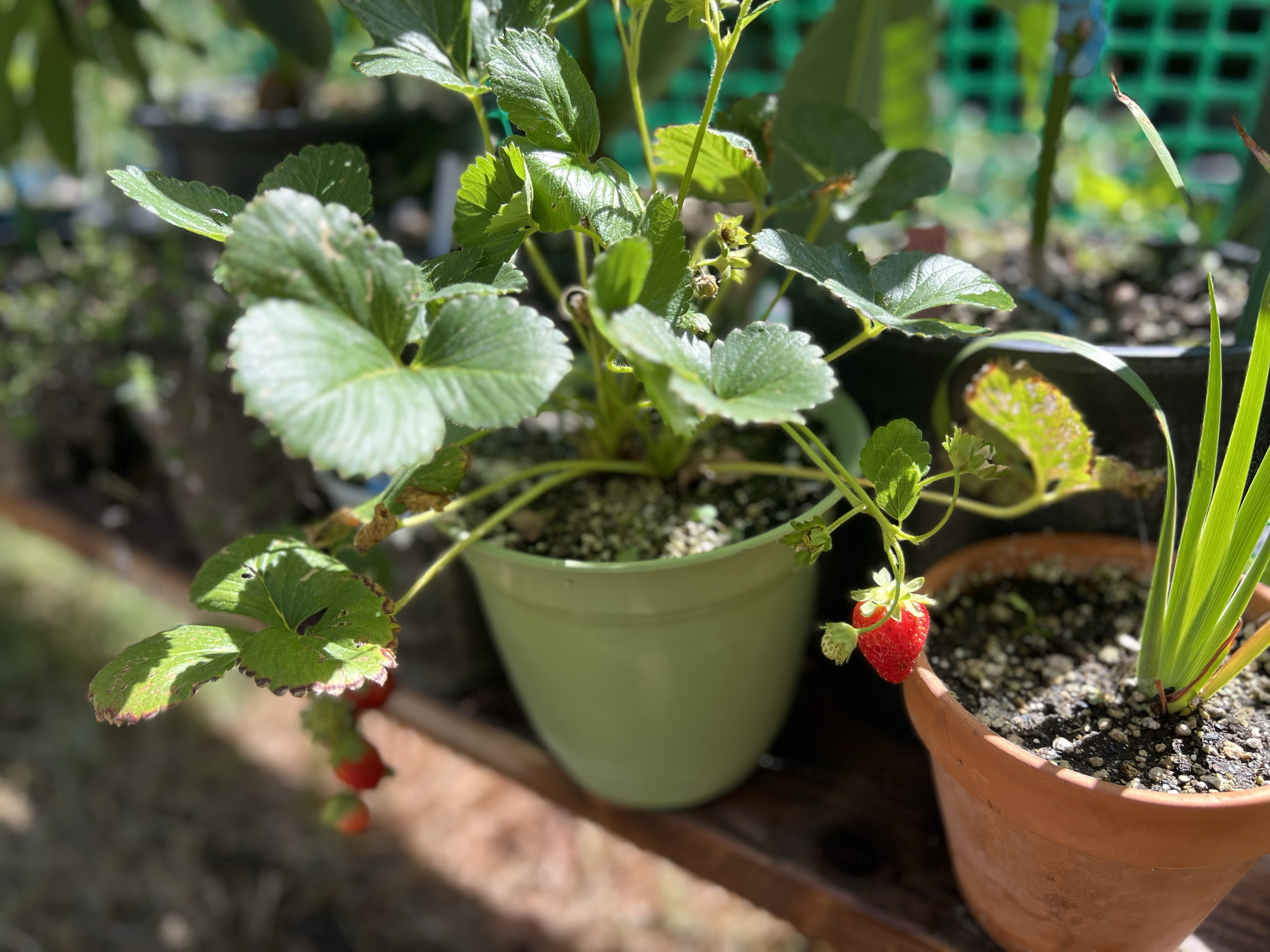
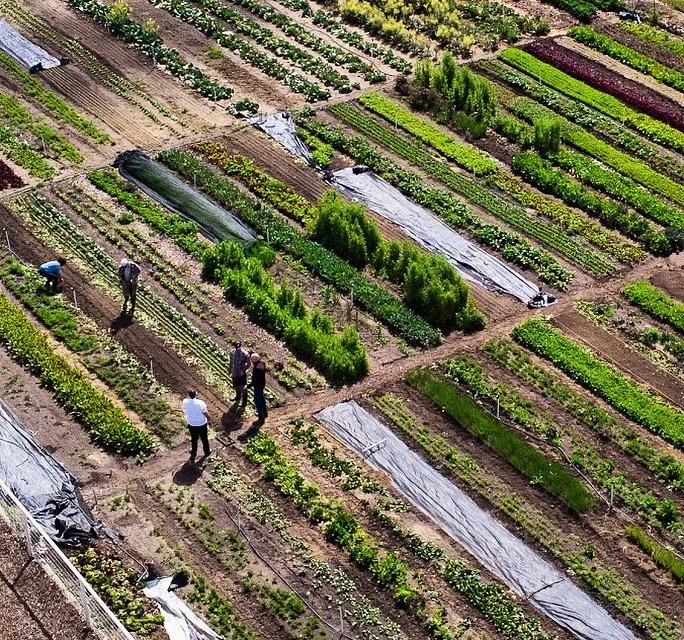

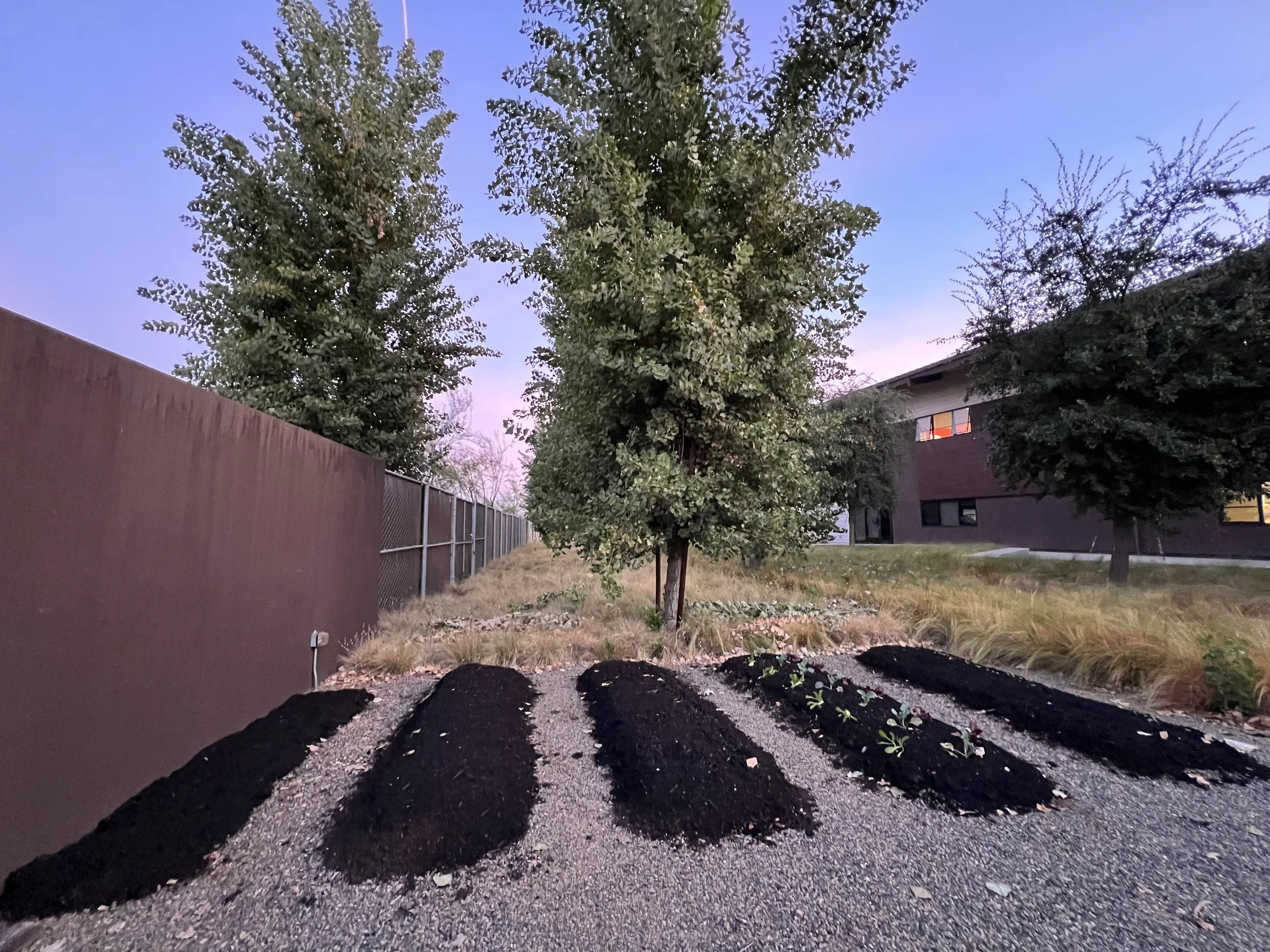
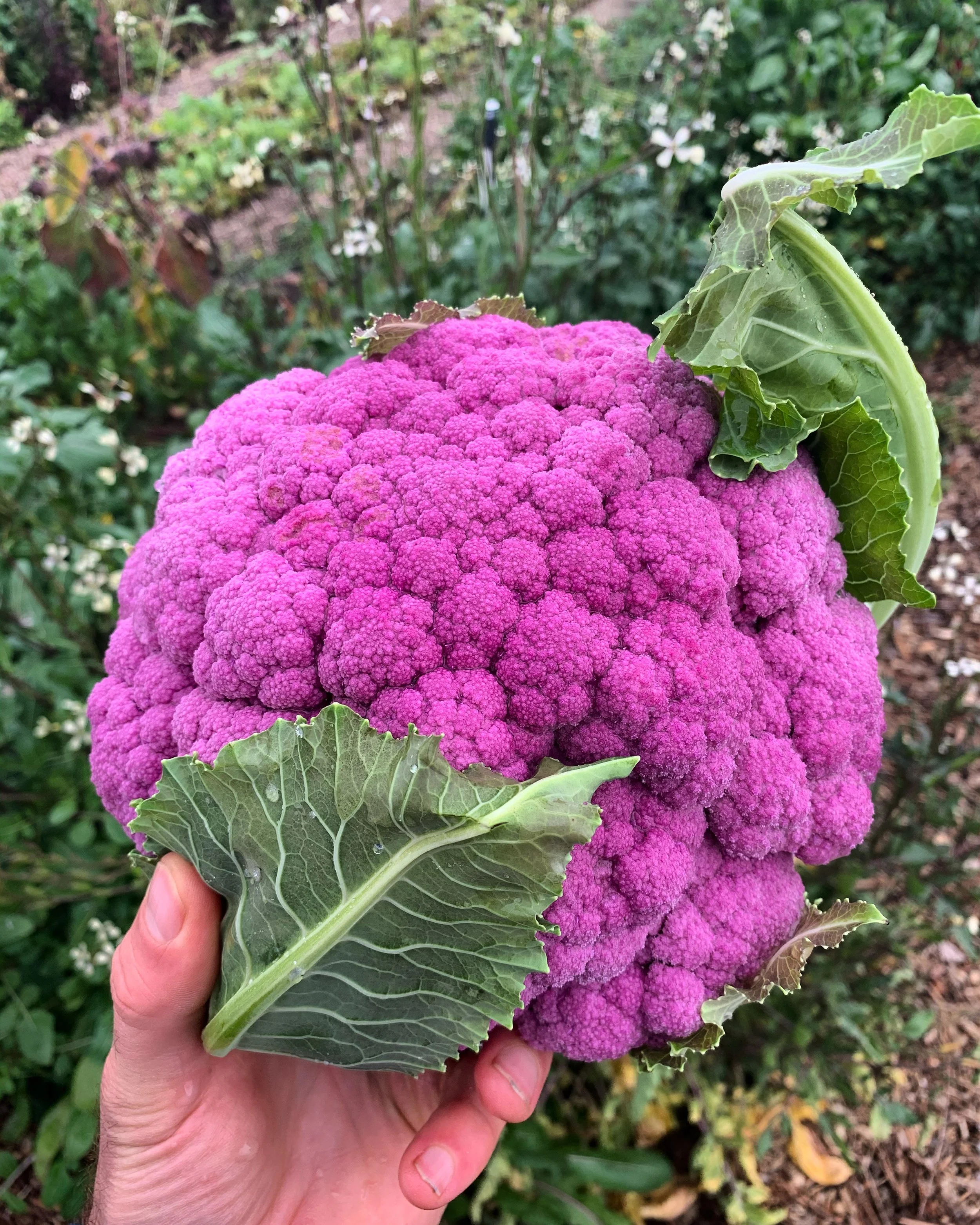
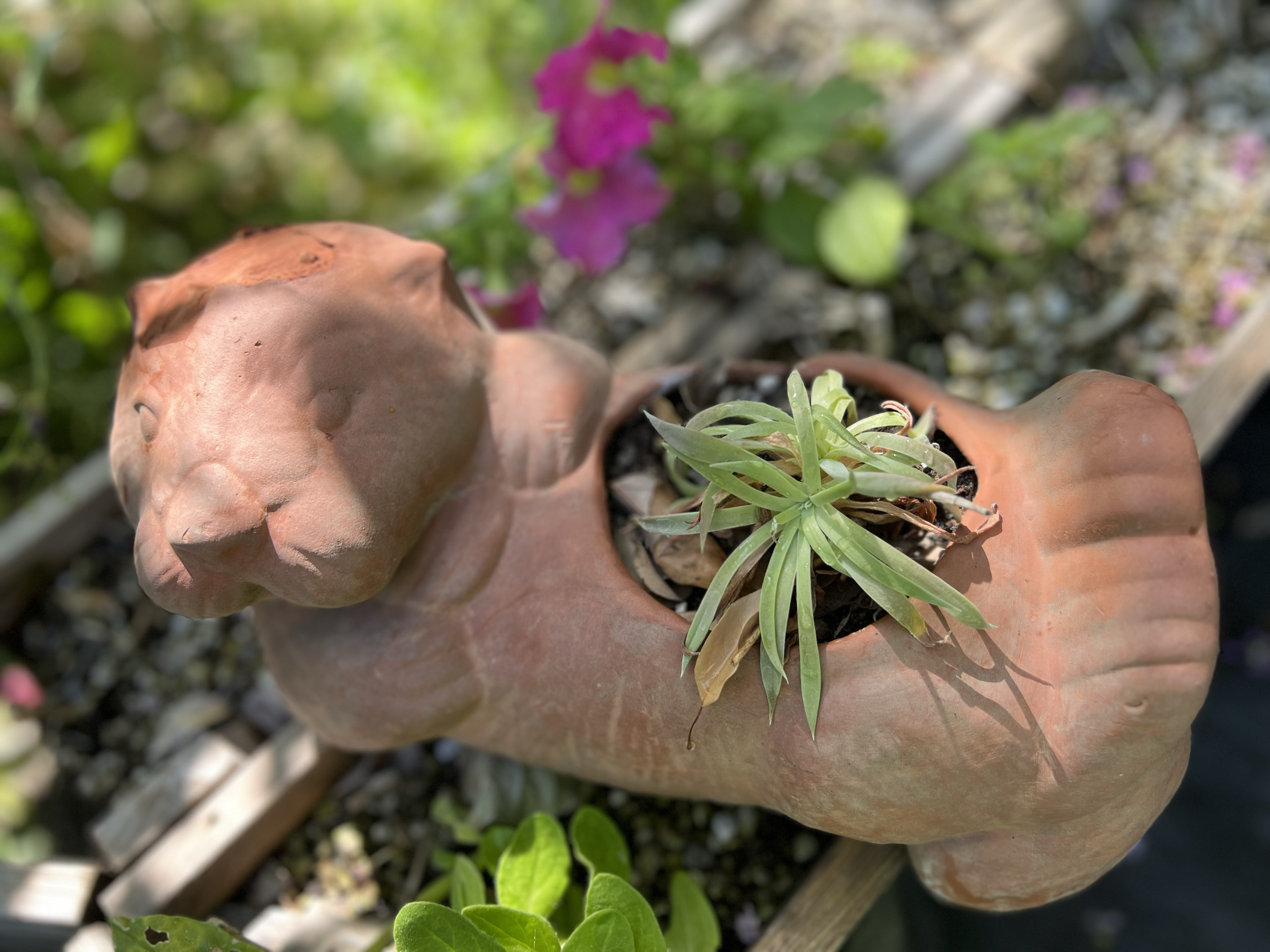
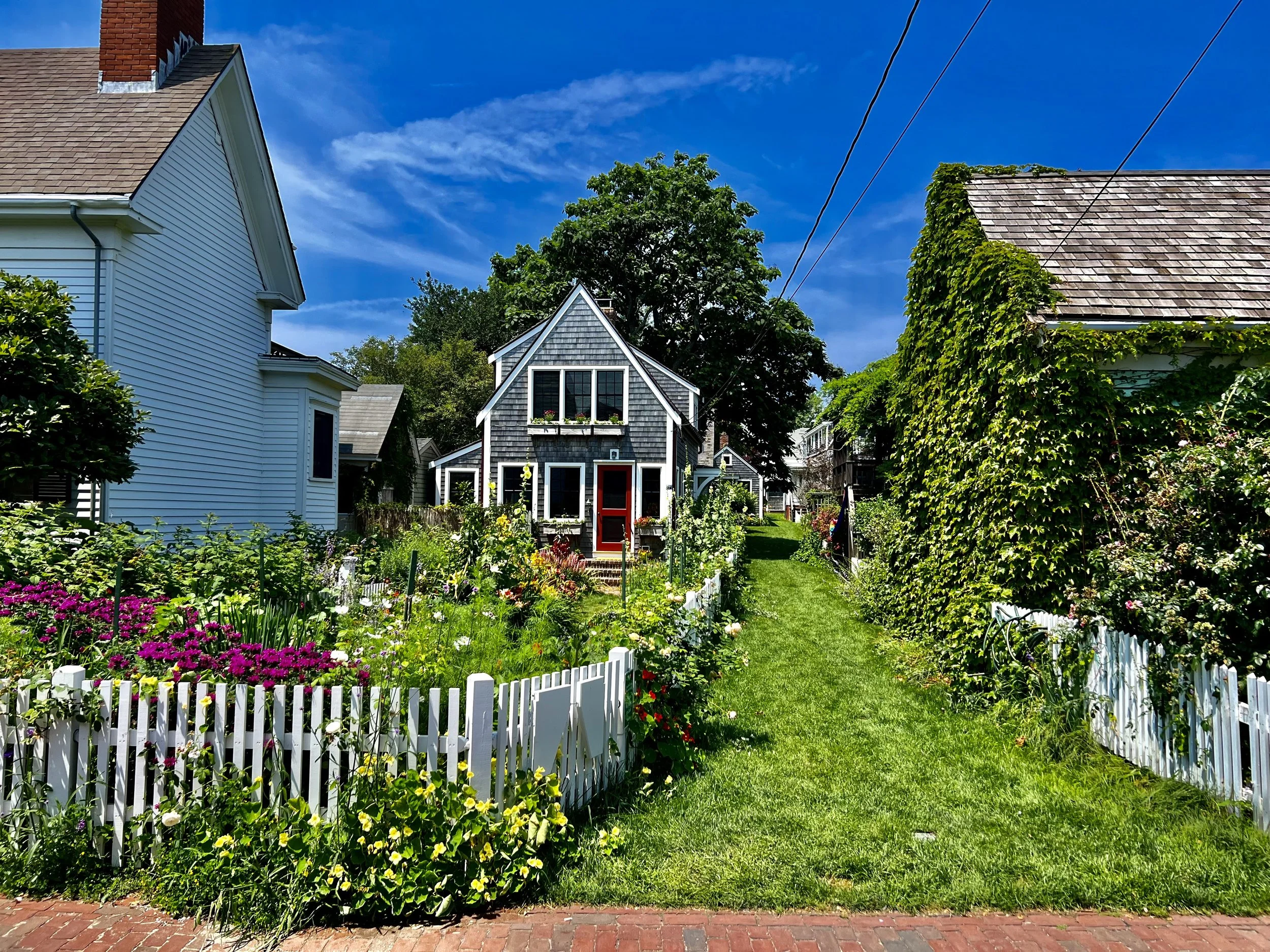





California native plants are notorious for being finicky about water. Let’s look closer at that claim.